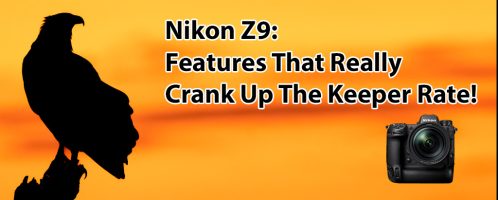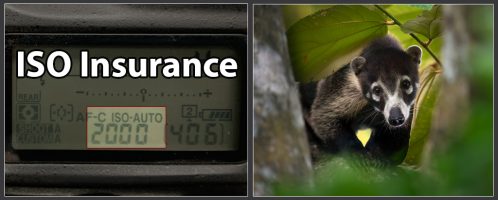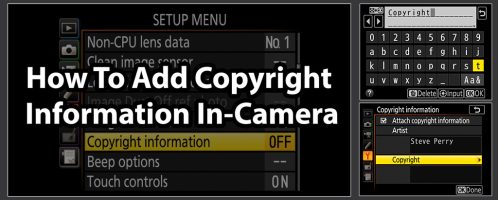In this video, I challenge the statement, “I don’t need to worry about high ISO, I have denoise software!”
To what extent is that true? When do you start losing detail? When does AI software start making up detail? Can denoise software really fix everything? Checkout the these tests using Lightroom, DxO, and Topaz for the answers!
We’ll also talk about getting better results with high ISO, my favorite guideline for ISO, my software workflow order, and field techniques to improve your chances with high ISO.
Grab a cup of coffee and settle in – there’s a TON of critical info in this one – don’t take another photo until you see it!
PS – If you enjoyed this post, I think you’ll REALLY like my e-books and video workshops! Thousands of pages and hours of videos filled with tips, tricks, and techniques – all my best content! Check ’em out – click here (hey, it’s free to look).




Steve, I hope you realize you have a true gift for teaching. Thanks for this informative video.
Excellent demonstration and discussion!
The other aspect of excessive use of denoise software is the rapid transition in the image from areas with detail to flat smokey looking areas. It gives the image a patchy look which I find to be an “over-processed” look.
I particularly like your “making stuff up” discussion. I have told some of my friends that if you use too much noise reduction on a photo of your dog, it will begin to look like someone else’s dog.
Thanks. I did a test with some feather details with ISO400,800,1600,3200,6400 and NIKON NX Studio (NXS). The same result: 3 steps and the details are gone, compared to ISO400. As NXS uses the same denoising than the camera for JPGs, strong internal denoising gives no disadvantages.
Thanks for this video. I’m guilty of relying too much on DeNoise! I think ISO 6000 is my normal upper limit.
Thanks for this. I’m glad you qualified the discussion up front as not all of us amateurs can afford 600mm, f/4, and similar lenses; and sometimes situations dictate what you can do. I was fortunate to get a trip to Zimbabwe and had a single opportunity to see and “shoot” a leopard. To say it was low-light would be a joke. It was night. The leopard was hunting baboons and was lit by the headlamps of two safari vehicles. I grabbed my Z8 with a 24-120mm Z and fired away at 1/50 sec (handheld), 120mm, and wide open at f/4.… Read more »
Thanks! Yeah, sometimes you gotta live with low light and high ISOs – or miss the shot. Mostly, I wanted to point out that there is a price and to only pay that price when there’s no other option.
Thanks, Steve. After I posted, I realized that I should have added that I did get your point–and it’s a good one!
Thanks for this video- just what I needed.
You’re most welcome.
Thank You! Your detailed proofs agree with my vague impressions. Thank you for mentioning color. And yes there are many arresting, meaningful photographs which do not need fine details or perfect hues as bird portraits do. Your information will help me decide what to emphasize in different settings and subjects. Maybe I do need a ‘nimble’ monopod for low light photography?
I’m a huge fan of monopods 🙂 I use mine all the time.